I have problem with compiling of constructors, when I compile program on VC6 my constructors have memory allocation (sub esp, X), but when I compile on VC9 my constructor not have it.
Who know where problem? I think that problem in project settings, but where I dont know.
VC6 (Visual Studio 6 + SP3):

VC9 (Visual Studio 2008 + SP1):

Class:
class MyClass
{
public:
MyClass();
virtual ~MyClass();
// ----
BOOL Function1(LPSTR Arg1);
BOOL Function2(LPSTR Arg1);
BOOL Function3(LPSTR Arg1);
// ----
private:
char Member1[1000][20];
int Member2;
};
Code:
MyClass::MyClass()
{
this->Member2 = 0;
}
MyClass::~MyClass()
{
}
Code are identical on VC6 and VC9
P.S.: Problem in different compilation for one code when need make identical result of compilation.
P.S.(2): @greatwolf - I'm pretty sure that problem not in VC6, problem in project settings, but i dont know where it option. Target - 100% identical assembled code (byte to byte). Project on VC6 and project on VC9 in debug mode, but apparently with different options.